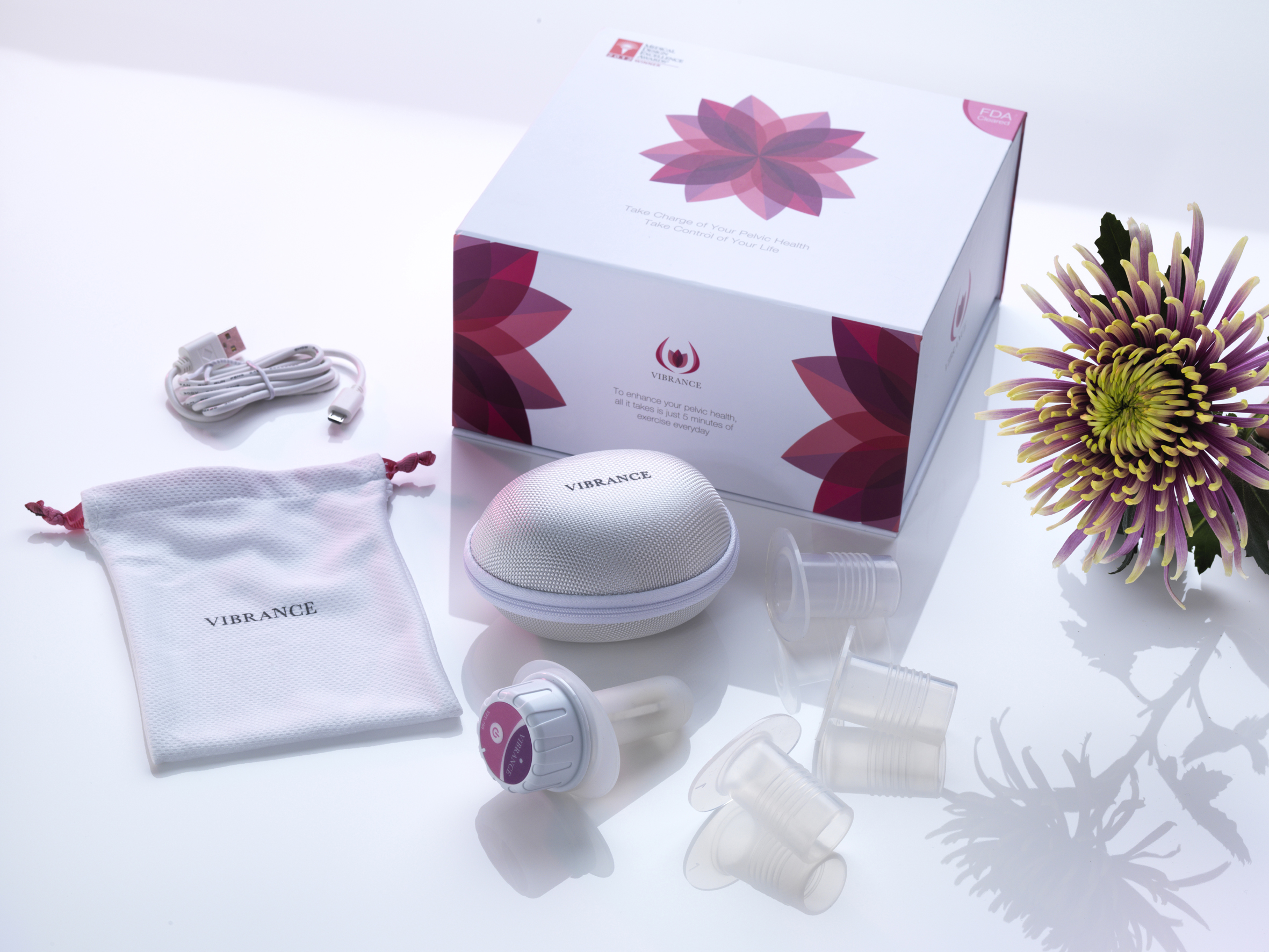-
- Starting the conversation Many of us don’t talk about incontinence, so we may not fully understand it. Stress incontinence is a small ‘spurt’ of urine that occurs when you cough, laugh, sneeze or do physical activity, such as running. Urge incontinence (also referred to as overactive bladder syndrome) is a loss of bladder control just after an overwhelming urge to urinate. Mixed incontinence is the term for when women suffer from both.
-
- The pelvic floor American gynaecologist Dr Arnold Kegel brought the world’s attention to the group of muscles called the pelvic floor which support the bladder, uterus, prostate and rectum. These muscles are often weakened by childbirth, which can result in incontinence. Dr Kegel’s famous exercises are used as a non-surgical way to strengthen these muscles and reduce those annoying leaks. Research shows that Kegels can have an effectiveness rate of 80 percent, but many of us are put off by a lack of results and uncertainty of how to do them.
-
 Guidelines for Kegels A structured programme is the best way to use Kegel exercises – start with three sets of 10 repetitions daily. It’s vital that you use the correct technique. It’s becoming more common for ladies to use a medical grade vaginal probe that can help. Once inserted, a beeping system tells you when to contract and for how long, and the probe vibrates when you contract your pelvic floor muscles correctly. Resistance sleeves can also be added to increase difficulty, just like you would with weights in the gym. Remember that consistency is key – it will take a few weeks, or even months, to achieve a leak-free pelvic floor. Always consult a doctor or a pelvic health physiotherapist to confirm that you’re performing the exercises correctly, or for further advice.
Guidelines for Kegels A structured programme is the best way to use Kegel exercises – start with three sets of 10 repetitions daily. It’s vital that you use the correct technique. It’s becoming more common for ladies to use a medical grade vaginal probe that can help. Once inserted, a beeping system tells you when to contract and for how long, and the probe vibrates when you contract your pelvic floor muscles correctly. Resistance sleeves can also be added to increase difficulty, just like you would with weights in the gym. Remember that consistency is key – it will take a few weeks, or even months, to achieve a leak-free pelvic floor. Always consult a doctor or a pelvic health physiotherapist to confirm that you’re performing the exercises correctly, or for further advice.
- Other options Pessaries are another great way to manage incontinence. Until now, all pessaries had to be fitted by a medical professional, but now self-fitting pessaries – specifically for stress incontinence – are available. The Uresta pessary is designed for comfort, safety and ease of use. It can be used all day or just for the activities that cause leaks. It doesn’t require a prescription, and is a safe, low-cost solution for women who don’t respond to exercise or who can’t afford or access a pelvic health physiotherapist.
For more information, visit uresta.uk





















